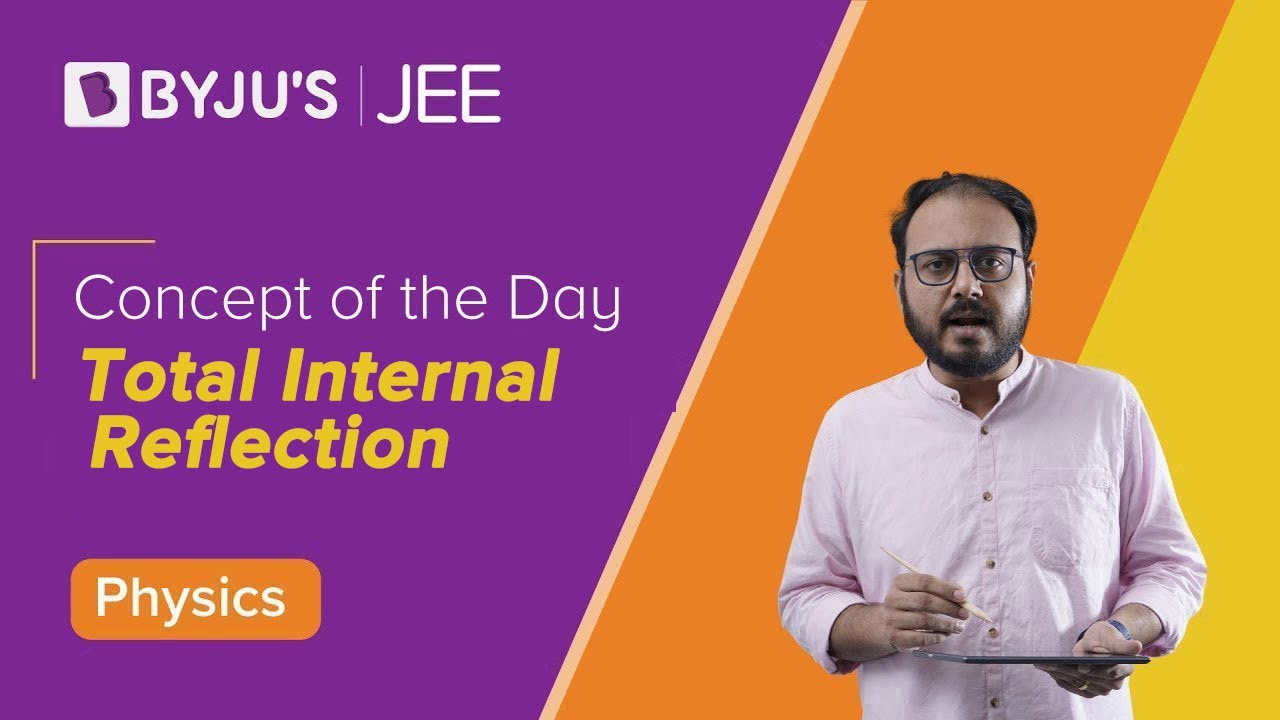Among many branches of Physics, optics is one of the essential branches in studying the behaviour of light. Optics is the branch of physics concerned with light and its behavioural pattern and properties. This branch helps to study the behaviour of visible, ultraviolet, and infrared light. Optics is classified into:
- Physical optics
- Geometrical optics
Physical optics helps to study the nature and properties of light. Geometrical optics deals with the principles that govern the image-forming properties of mirrors, lenses, and devices that use light. Optical fibres, telescopes, periscopes, cameras, lasers, and microscopes are optical instruments developed through optics.
Some essential properties of light:
- Light is a form of energy.
- Visible light has wavelengths measuring between 400–700 nanometres.
- The sun is the primary source of light.
- The speed of light in a vacuum is 299 792 458 (m/s). It is one of the fundamental constants of nature.
- Electromagnetic radiation (EMR) is classified by wavelength into radio waves, microwaves, infrared, visible light, ultraviolet, X-rays and gamma rays.
- The wavelength of visible light ranges between about 380 – 730 nm.
- Light can undergo Reflection, Total Internal Reflection (TIR), Dispersion, Refraction.
Important Optics Questions with Answers
1. Define total internal reflection.
When a light beam strikes the water, some of the light is reflected, and some are refracted. This phenomenon is called total internal reflection.
2. Which among the following is the property of light?
- Diffraction
- Reflection
- Total internal reflection
- All the options
Answer: d) All the options.
Explanation: Light can undergo refraction, diffraction, reflection, and total internal reflection.
3. Dispersion can be observed through ______
- Wood
- Wall
- Paper
- Prism
Answer: d) Prism
Explanation: A prism is an optical device through which we can observe the dispersion of white light into its constituent colours.
4. What are the types of images formed?
- Real
- Virtual
- Neither real nor virtual
- Both real and virtual
Answer: d) Both real and virtual.
Explanation: Images formed are of two types, real and virtual.
5. Light has the properties of
- Wave
- Particle
- Neither wave nor particle
- Both wave and particle
Answer: d) Both wave and particle.
Explanation: Light displays both wave and particle nature.
6. State true or false: Photons have a mass of more than two gms.
- TRUE
- FALSE
Answer: b) FALSE
Explanation: The photon is a massless quantity that moves at a vacuum’s speed.
7. Choose YES or NO: The higher density materials will have greater refractive indices.
- YES
- NO
Answer: a) YES
8. Formation of images by mirrors is studied by:
- Geometrical optics
- Physical optics
- Neither Physical optics nor Geometrical optics
- None of the options
Answer: a) Geometrical Optics
Explanation: Geometrical optics deals with the formation of images by lenses, mirrors, and other devices that use light.
9. The bending of light when it passes from one medium to another is called_____
- Diffraction
- Reflection
- Total internal reflection
- Refraction
Answer: d) Refraction
Explanation: Refraction is the phenomenon that takes place due to the bending of light when it travels from one medium to another.
10. Refraction is used in devices like
- Cameras
- Projectors
- Telescopes
- All the above options
Answer: d) All the above options.
Practice Questions
- Define Light.
- List five properties of light.
- What are the branches of optics?
- What is the wavelength of visible light?
- What is a prism?
Watch the video below to understand the concept of total internal reflection (TIR).

Comments